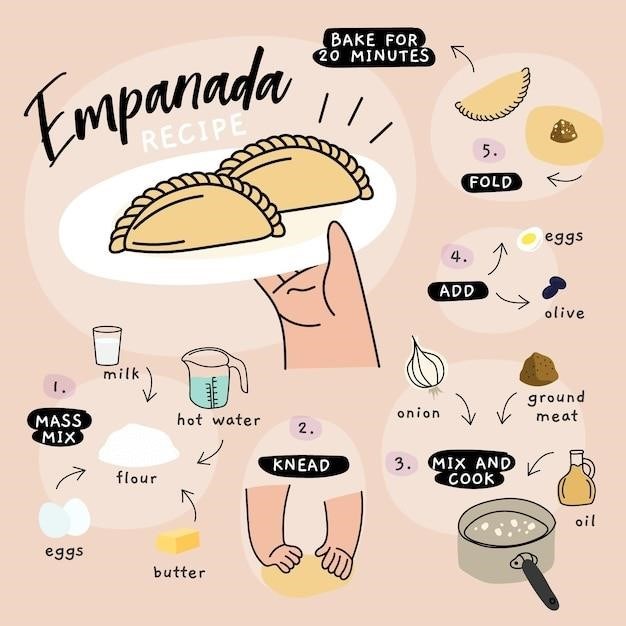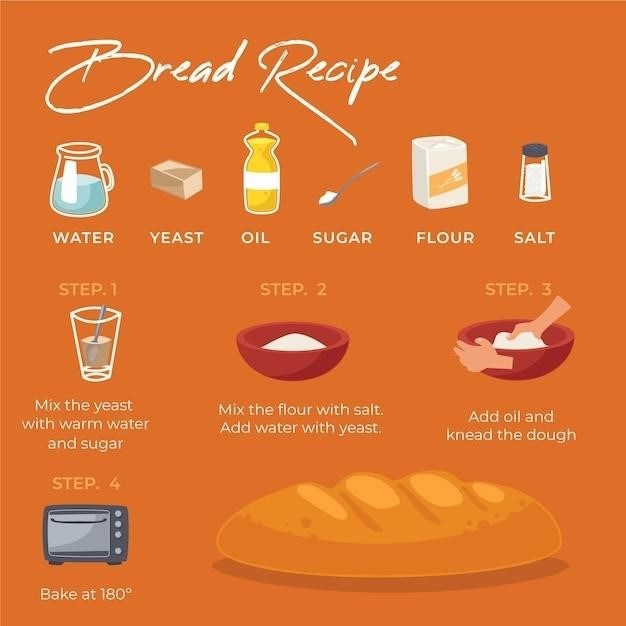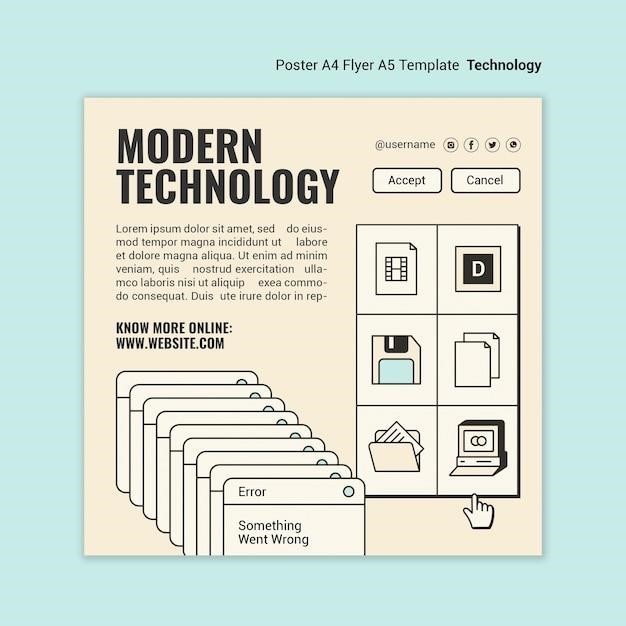Half of a Yellow Sun⁚ A Literary Exploration
Dive into the world of Chimamanda Ngozi Adichie’s acclaimed novel, “Half of a Yellow Sun,” a powerful and poignant exploration of the Biafran War in Nigeria. This historical fiction masterpiece, available in PDF format, offers a gripping narrative that intertwines the stories of individuals caught in the crossfire of war, love, and loss.
The Biafran War⁚ A Pivotal Moment in History
At the heart of “Half of a Yellow Sun” lies the Biafran War, a pivotal moment in Nigerian history that erupted in 1967 and lasted for three years. The novel masterfully captures the complexities and horrors of this conflict, offering a deeply personal and visceral portrayal of its impact on individuals and society.
The Biafran War was a brutal struggle for independence, ignited by ethnic tensions and political instability following Nigeria’s independence from British rule. The Igbo people of southeastern Nigeria, feeling marginalized and discriminated against, declared the secession of Biafra, leading to a devastating civil war that claimed millions of lives.
Adichie’s novel delves into the social and political landscape of Nigeria during this period, exploring the motivations behind the war, the devastating consequences of violence, and the enduring scars left on the nation’s psyche. The story unfolds against a backdrop of political turmoil, ethnic strife, and the raw human cost of conflict, offering a powerful testament to the enduring power of hope and resilience in the face of unimaginable adversity.
The Novel’s Setting and Characters
The setting of “Half of a Yellow Sun” plays a crucial role in shaping the narrative, transporting readers to the vibrant and tumultuous Nigeria of the 1960s. The novel unfolds primarily in Nsukka, a university town in southeastern Nigeria, a hub of intellectualism and political discourse. Adichie vividly captures the atmosphere of this period, from the bustling streets of Nsukka to the serene beauty of the countryside, providing a rich backdrop for the unfolding drama.
The story is told through the perspectives of several compelling characters, each grappling with the complexities of love, war, and personal identity. Olanna, a young and idealistic woman, finds her life irrevocably altered by the war. Ugwu, a young boy from a rural village, experiences the brutal realities of conflict firsthand. Richard, a British journalist, becomes entangled in the political and social upheaval, navigating a world where his own beliefs and loyalties are challenged. These characters, each with their distinct backgrounds and motivations, embody the human cost of war and the search for meaning amidst chaos.

Olanna and Odenigbo⁚ A Love Story Amidst Chaos
At the heart of “Half of a Yellow Sun” lies the passionate and complex love story of Olanna and Odenigbo. Their relationship blossoms amidst the burgeoning political tensions that will ultimately define their lives. Olanna, a young woman from a wealthy Nigerian family, is drawn to Odenigbo’s intellectualism and his commitment to social justice. Odenigbo, a university professor and a prominent figure in the burgeoning Biafran movement, is captivated by Olanna’s beauty and her fierce independence.
Their love story is a testament to the power of human connection even in the face of unimaginable adversity. As the Biafran War erupts, their relationship is tested by the horrors of conflict, the agonizing choices they must make, and the ever-present threat of violence. The novel explores the complexities of love in a world where political upheaval and personal desires collide, creating a poignant and enduring love story that resonates with readers long after the final page.
Ugwu⁚ A Young Boy’s Journey Amidst War
Ugwu, a young Igbo boy from a rural village, arrives in Nsukka to work as a houseboy for Odenigbo. His innocent perspective serves as a powerful counterpoint to the unfolding political turmoil. As the war intensifies, Ugwu’s naivety is gradually eroded, forcing him to confront the brutality and senselessness of conflict. He witnesses firsthand the horrors of war, from the displacement of refugees to the gruesome realities of the battlefield.
Ugwu’s journey is one of both innocence lost and resilience gained. He evolves from a naive young boy into a hardened survivor, learning to navigate the complexities of war and the fragile nature of peace. His experiences, like those of many young people caught in the crossfire of conflict, offer a profound commentary on the impact of war on the human psyche and the enduring power of hope amidst despair. The PDF format allows you to experience Ugwu’s journey in its entirety, immersing you in his world and the unforgettable experiences that shape his story.
The Impact of Colonialism and Ethnic Tensions
Adichie masterfully weaves the legacy of colonialism and its enduring impact on Nigeria into the narrative of “Half of a Yellow Sun.” The novel showcases the deep-seated ethnic tensions that simmered beneath the surface of newly independent Nigeria, exacerbated by the lingering effects of British colonial rule. The Biafran War, depicted in the novel, becomes a tragic culmination of these tensions, highlighting the consequences of artificially imposed borders and the manipulation of ethnic identities for political gain.
The PDF format allows you to fully immerse yourself in Adichie’s exploration of these complex themes. Through the perspectives of her characters, she reveals how the seeds of conflict were sown during the colonial era, and how the struggle for independence inadvertently ignited a bloody civil war. The novel serves as a poignant reminder of the enduring legacy of colonialism and its role in shaping the political landscape of post-independence Africa.
Themes of Love, Loss, and Resilience
At the heart of “Half of a Yellow Sun” lies a powerful exploration of love, loss, and the indomitable spirit of resilience in the face of unimaginable adversity. The novel portrays the enduring power of love amidst the brutal realities of war, showcasing how love can both sustain and shatter in the face of such profound loss.
The PDF format allows readers to fully engage with the emotional depth of the novel. Adichie crafts characters whose lives are irrevocably altered by the war, depicting the profound grief and despair that accompanies loss, while also highlighting the unwavering strength and determination that enables individuals to rebuild their lives amidst the wreckage. This exploration of love, loss, and resilience is a testament to the human spirit’s capacity to endure even the most harrowing experiences.
Adichie’s Writing Style and Narrative Techniques
Chimamanda Ngozi Adichie’s masterful storytelling in “Half of a Yellow Sun” is evident in her nuanced writing style and adept use of narrative techniques. The PDF format allows readers to fully appreciate the intricate layers of her prose, characterized by its lyrical beauty and sharp observations. Adichie seamlessly weaves together multiple perspectives, shifting between the experiences of Olanna, Ugwu, and Richard, offering a multifaceted portrayal of the war’s impact on individuals from different social strata.
Her prose is both evocative and precise, capturing the sensory details of war-torn Nigeria with vivid imagery. She skillfully employs symbolism, particularly the “half of a yellow sun,” to represent the fractured state of the nation and the fragmented lives of its inhabitants. The novel’s narrative structure, with its shifts in time and perspective, creates a sense of immediacy and allows readers to experience the war’s devastating consequences from multiple angles.
Critical Reception and Awards
Upon its release, “Half of a Yellow Sun” garnered widespread critical acclaim, solidifying Adichie’s position as a leading voice in contemporary literature. The novel’s exploration of complex themes resonated with readers and critics alike, earning it numerous awards and accolades. Notably, it was a finalist for the National Book Critics Circle Award, a testament to its literary merit and enduring impact. Its success extended beyond the literary world, with the PDF version of the novel becoming a widely read and discussed text, sparking conversations about the Biafran War and its lasting consequences.
Adichie’s masterful handling of historical events, coupled with her poignant portrayal of human resilience and the complexities of love and loss, cemented the novel’s place as a modern classic. Its critical reception, as evidenced by its numerous awards and accolades, speaks volumes about the power of Adichie’s storytelling and the enduring relevance of “Half of a Yellow Sun.”
The Novel’s Legacy and Enduring Relevance
Beyond its critical acclaim and awards, “Half of a Yellow Sun” has left an indelible mark on literature and continues to resonate deeply with readers today. The novel’s exploration of the Biafran War, a conflict often overlooked in historical narratives, has brought crucial attention to the complexities of post-colonial Africa. The PDF version of the book has become a valuable resource for students, scholars, and readers seeking to understand this pivotal period in Nigerian history.
Adichie’s masterful storytelling, combined with her nuanced portrayal of human emotions amidst immense suffering, has ensured that “Half of a Yellow Sun” transcends its historical context. It serves as a timeless reminder of the human cost of war and the enduring power of love, resilience, and the pursuit of justice. The novel’s legacy lies not only in its literary brilliance but also in its ability to spark important conversations about the enduring legacies of colonialism, conflict, and the human spirit’s capacity for both immense suffering and extraordinary strength.
Further Reading and Resources
For those seeking to delve deeper into the world of “Half of a Yellow Sun,” there are numerous resources available, both in print and online. The Internet Archive hosts a wealth of information, including the full PDF text of the novel, offering a convenient and accessible way to engage with the story. Additionally, online platforms like LitRes provide access to the ebook in various formats, allowing readers to choose their preferred reading experience.
Beyond the novel itself, exploring the historical context of the Biafran War is essential for a complete understanding of the narrative. Numerous academic journals and websites dedicated to Nigerian studies offer valuable insights into the conflict and its impact. Websites like ResearchGate provide access to scholarly articles and research papers, while online libraries often house digital collections related to the Biafran War and its literary representations. Engaging with these resources allows readers to gain a deeper appreciation for the complexities of the novel’s themes and their enduring relevance.



















